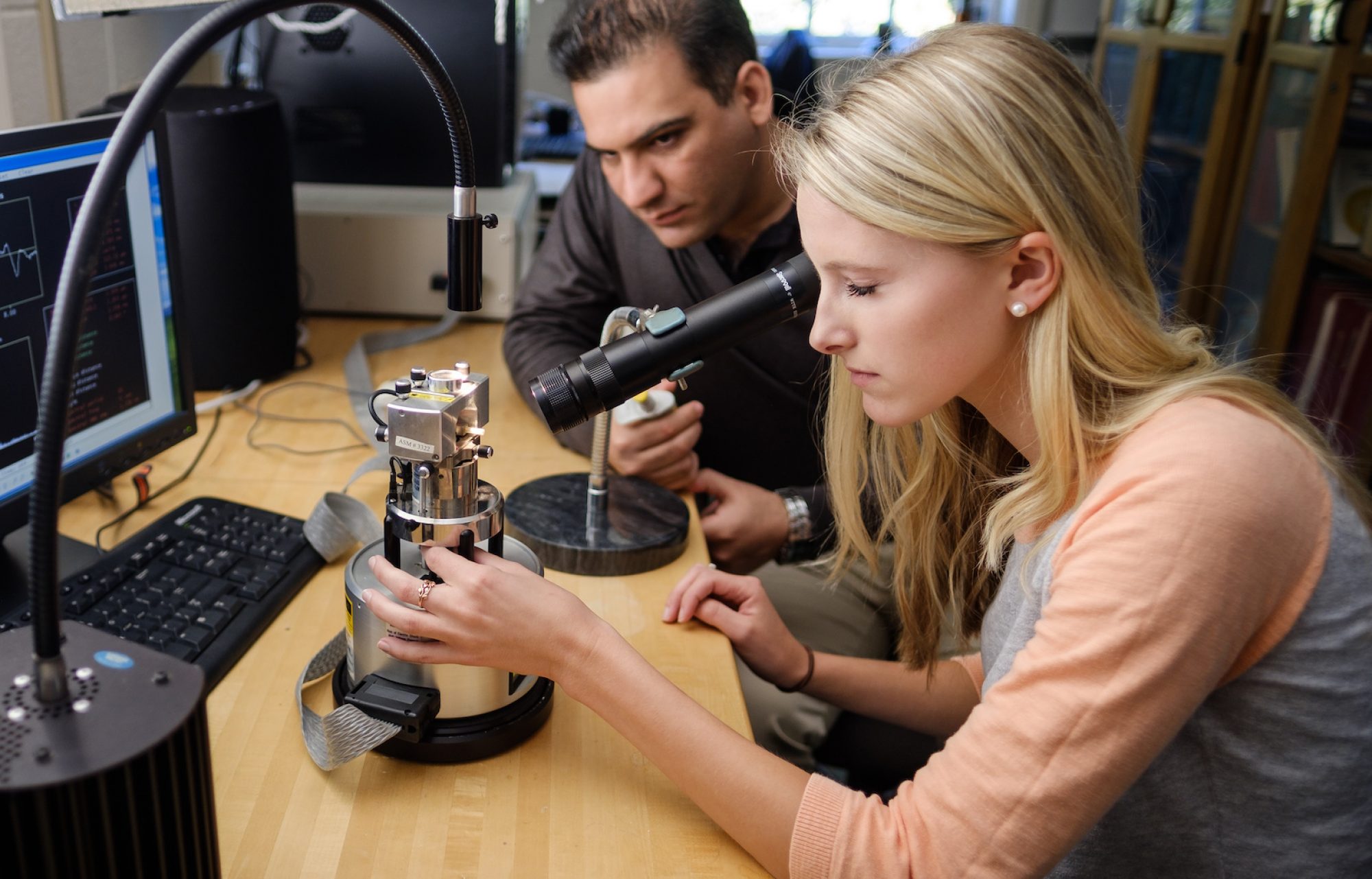Dr. George C. Schatz
Morrison Professor of Chemistry
Professor of Chemical and Biological Engineering
Northwestern University
Thursday, January 28, 2021 4 PM EST
Via Video Conference (contact wfuphys@wfu.edu for link information)
All interested persons are cordially invited to join the Zoom call.
ABSTRACT
This talk will overview the interplay between optics, plasmonics, and excitonics for systems that
consist of arrays of gold, silver or aluminum nanoparticles in 1D, 2D and 3D. I begin with
developing theory (electrodynamics) that describes the interaction of light with arrays of
plasmonic particles, including the special properties of lattice plasmon polariton resonances for
1D and 2D lattices in which photonic resonances get hybridized with plasmons to generate high
Q hybrid modes. The theory then evolves to considering the interaction of the lattices with
emitters, varying from a single emitter plus a lattice, where a generalized Fano-Anderson model
can be developed, and evolving to high concentrations of emitters where strong coupling is
found, and effective medium approximations are useful.
As application of these theories, I describe the unusual extinction and scattering properties of
lattice plasmons, including quadrupole resonance effects for aluminum lattices, and lattice
plasmon lasers in which laser dyes, quantum dots or upconversion nanoparticles are added to the
nanoparticle lattices and where the theory needs to combine electrodynamics with a quantum
description of the emitter. I also describe 3D lattices consisting of DNA—linked nanoparticle
structures which also give rise to resonance modes, but where nonresonant interference can lead
to unusual results.
Bio (from https://academicinfluence.com/people/george-c-schatz)
George C. Schatz is a theoretical chemist, editor-in-chief at the Journal of Physical Chemistry, and the Morrison Professor of Chemistry at Northwestern University. He earned his B.S. from Clarkson University and his Ph.D. from Caltech. He completed his post-doctoral work at the Massachusetts Institute of Technology, investigating chemical reaction kinetics.
Interview with Dr. George C. Schatz
His research specialty is in the field of reaction dynamics. One of the top theoretical chemists, he has conducted groundbreaking research into the computational modeling of the optical properties of nanoparticles, including how gold and silver nanoparticles absorb light. This work has important clinical implications for the diagnosis of illnesses such as Alzheimer’s Disease, through the use of biosensors.
He credits his success to having had the opportunity to explore multiple fields of inquiry, allowing for a top-down interdisciplinary approach that opens up new possibilities.
Schatz has produced an impressive body of work, with over 900 scientific publications including his book: Introduction to Quantum Mechanics in Chemistry. He has been honored with the Ahmed Zewail Prize, an international award recognizing contributions to Chemical Physics.
He is a member of the International Academy of Quantum Molecular Science and the National Academy of Sciences. His research work today focuses primarily on nanotechnology and bionanotechnology.
Featured in Top Influential Chemists Today
